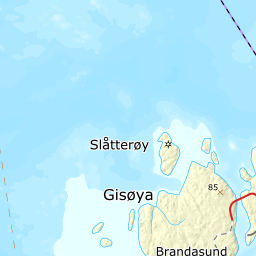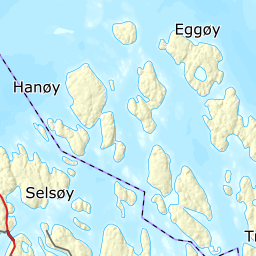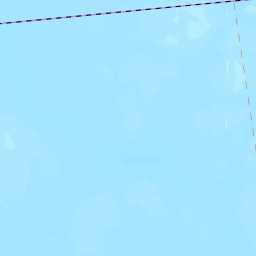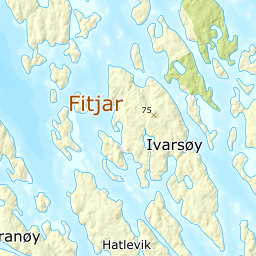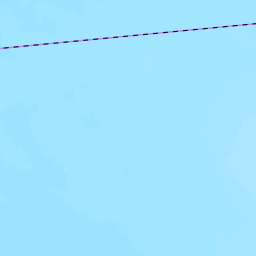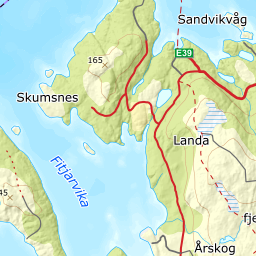One of the largest market places in Hordaland in the Middle Ages was thought to have been on Selsøya Island at Brandasund Sound. The place name Torgjo tells of a place where wares were sold. Many people would gather here. Its central geographic position in the main thoroughfare along the coast, near the productive fishing grounds, strengthens this theory. The farmers from the mountain villages and the towns from the inner fjords sold lumber, hides and skins, hawks and falcons in exchange for fish, salt and wares from abroad. Even before the Middle Ages and Viking times, there are finds to suggest that trade took place between people on both sides of the North Sea.
In the Middle Ages the King and the Church built charity houses - overnighting places - for transport along the coast. There were three shipping lanes through the island archipelago of Figjar: the "Outer Lane, the "New Lane" and the "Engesund Lane". Selsøya may have derived its name from a kind of overnighting house, or from willow (selje in Norwegian): "a place where willow grows". The name of the neighbour farm Kvarven was derived from old Norwegian word "hvarf" which means a turn or corner in the terrain.
The system for accommodation was gradually phased out along with a change in religion during the 1500s. The church no longer maintained the old arrangement with the charity houses. The King's powers built up a new arrangement in the 1600s. The Innkeepers were now city dwellers who were given special privileges and were supposed to live from their work.
